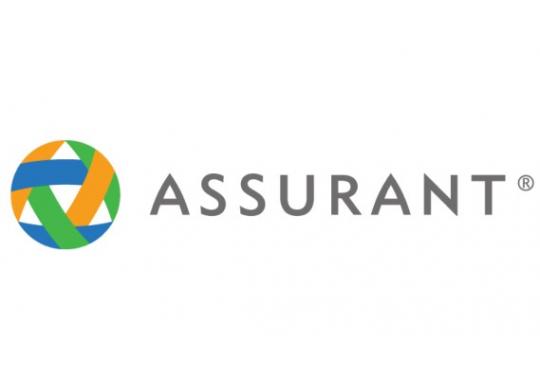What is Software Product Engineering?
Software product engineering involves transforming ideas into tangible digital solutions. As the digital landscape continues to evolve, understanding the nuances of this discipline becomes increasingly vital. In this article, we’ll discuss the true meaning of software product development, unraveling methodologies and significance in modern software development.
Defining Software Product Engineering
At its core, software product development encompasses the systematic approach to conceiving, designing, developing and maintaining software products. It involves a wide range of activities; everything from requirement analysis and architecture design to coding, testing and deployment. Unlike conventional software development, which may focus on specific projects or applications, product engineering emphasizes creating scalable, robust, market-ready software solutions.
The Pillars of Software Product Engineering
- Requirements Engineering: The journey of software product engineering typically starts with a thorough understanding of users’ problems and needs and business objectives. Requirements engineering involves eliciting, analyzing and prioritizing these requirements, laying the foundation for the entire development process.
- Design and Architecture: Once you have a clear understanding of the requirements, the next phase involves crafting the blueprint of the specific type of software product. Design and architecture encompass defining the system’s structure, components, interfaces and data models, ensuring scalability, flexibility and maintainability.
- Development and Implementation: This phase involves the actual coding and implementation of the software product. Leveraging programming languages, frameworks and development tools, engineers bring the design to life, adhering to best practices and coding standards.
- Testing and Quality Assurance: Software quality assurance plays a pivotal role in ensuring that the product meets the specified requirements and standards. Through a combination of manual and automated testing techniques, defects are identified and debugged for better reliability, usability and performance.
- Deployment and Maintenance: Upon successful testing, the software product is deployed into the production environment. However, the journey doesn’t end here. Continuous maintenance, updates and enhancements are essential to address evolving user needs.
Methodologies in Software Product Development
Software product engineering embraces various methodologies, each offering a unique approach to product development and project management:
- Waterfall Model: Traditional and sequential, the waterfall model follows a linear progression through distinct phases, including requirements, design, implementation, testing and deployment.
- Agile Development: Agile methodologies, such as Scrum and Kanban, advocate for iterative and incremental development. Emphasizing collaboration, flexibility and adaptability, Agile fosters rapid feedback, continuous improvement and faster time-to-market.
- DevOps: DevOps transcends traditional silos between development and operations teams, advocating for seamless integration, automation and collaboration throughout the software development lifecycle. By streamlining processes and fostering a culture of continuous delivery, DevOps accelerates development cycles and enhances product quality.
- Lean Product Development: Inspired by lean manufacturing principles, Lean Product Development focuses on maximizing value while minimizing waste. Through rapid experimentation, feedback loops and relentless prioritization, Lean methodologies empower teams to deliver customer-centric solutions efficiently.
The Significance of Software Product Engineering
Software product development plays a pivotal role in driving innovation, competitiveness and business growth across diverse industries:
- Innovation and Differentiation: By leveraging cutting-edge technologies and design thinking principles, software product engineering enables organizations to innovate and differentiate in the marketplace. Whether it’s developing groundbreaking applications, IoT solutions or AI-driven platforms, innovation remains at the heart of product engineering endeavors.
- Customer-Centricity: Understanding and fulfilling customer needs lie at the core of software product development. By adopting user-centered design principles, conducting market research and gathering user feedback, organizations can develop intuitive, user-friendly products that resonate with their target audience.
- Scalability and Flexibility: In today’s dynamic business landscape, scalability and flexibility are vital. Software product engineering emphasizes building scalable, modular architectures that can adapt to evolving business requirements, user demands and technological advancements.
- Time-to-Market: In an era characterized by rapid digital transformation, speed is of the essence. Software product development methodologies, such as Agile and DevOps, enable organizations to expedite development cycles, reduce time-to-market and gain a competitive edge.
Crafting innovative, scalable and market-ready software solutions is at the heart of software product engineering. By embracing a holistic approach to product development and leveraging cutting-edge methodologies and technologies, organizations can navigate the complexities of the digital landscape, drive business value and shape the future of technology.
Our teams work collaboratively with you to provide creative and impactful solutions that help you exceed all of your business goals. From product vision and evolution to platform modernization and cloud enablement, we’re your nearshore software engineering partner.






